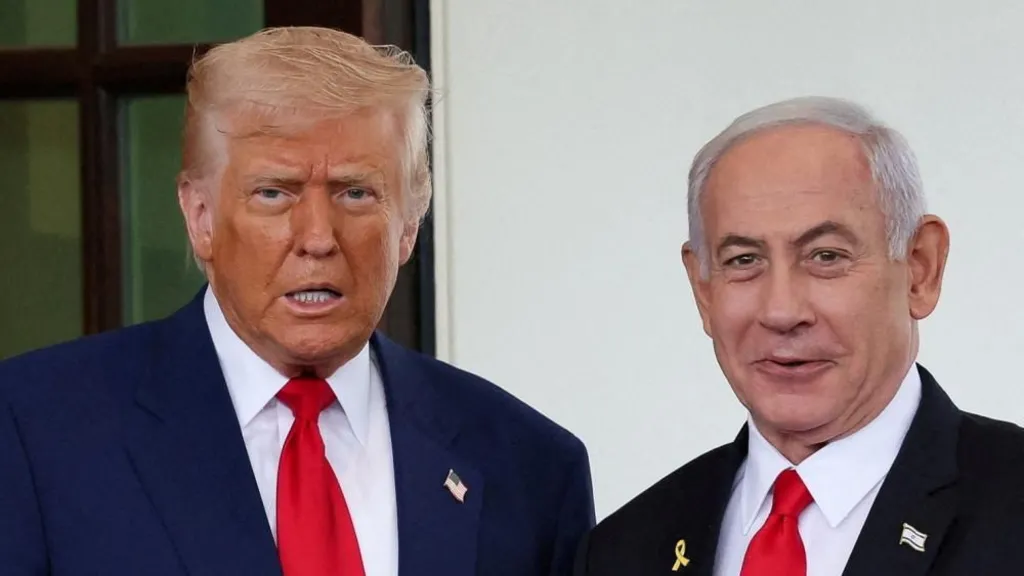
Growing hopes for a Gaza ceasefire announcement emerge as Israeli Prime Minister Benjamin Netanyahu meets US President Donald Trump in Washington after 21 months of conflict.
Trump previously stated he had been “very firm” with Netanyahu about ending the war, expressing confidence that “we’ll have a deal” this week. Netanyahu responded before his departure, saying, “We are working to achieve the deal that has been discussed, under the conditions we have agreed. I believe that the conversation with President Trump can definitely help advance this outcome.”
Indirect talks between Israel and Hamas resumed Sunday evening in Qatar, focusing on a US-sponsored proposal for a 60-day ceasefire and hostage release agreement. However, fundamental disagreements that have consistently prevented previous agreements remain unresolved.
Palestinians enduring dire conditions amid continuing bombardment express only cautious optimism. Nabil Abu Dayah, who fled northern Gaza with his family, said: “I don’t wish for a truce but a complete stop to all war. Frankly, I’m afraid that after 60 days, the war would restart again. We got so tired of displacement, we got tired of thirst and hunger, from living in tents.”
Israeli hostage families demonstrated Saturday evening, urging the government to secure a deal for approximately 50 remaining hostages, with up to 20 believed alive. Some questioned why the framework wouldn’t immediately free all captives. Ilay David, whose brother remains captive, told Jerusalem crowds: “This is the time to save lives. This is the time to rescue the bodies from the threat of disappearance.”
This marks Netanyahu’s third White House visit since Trump’s return to power, though their first meeting since the US joined Israeli attacks on Iranian nuclear sites before brokering an Israel-Iran ceasefire. The recent 12-day conflict has created more favorable circumstances for ending the Gaza war.
Netanyahu’s popularity has surged following broad public support for the Iran offensive, potentially providing leverage to accept a peace deal despite far-right coalition partners’ objections. Hamas appears further weakened by strikes on Iran, a key regional patron, making it potentially more amenable to necessary concessions.
Trump seeks to advance other Middle East priorities, including Israel-Syria border talks, renewed Israel-Saudi Arabia normalization efforts, and possible Iran nuclear negotiations.
The fundamental deadlock persists: Israel commits to temporary truces for hostage returns but not war termination, while Hamas demands permanent cessation of hostilities and complete Israeli troop withdrawal.
The latest proposal reportedly includes Washington’s commitment guarantees and continued talks toward lasting ceasefire and full hostage release. Media reports suggest the framework involves Hamas releasing 28 hostages over 60 days – 10 alive, 18 dead – in five stages without ceremonial handovers.
The agreement would surge humanitarian aid into Gaza. After returning the first eight living hostages on day one, Israeli forces would withdraw from northern areas, followed by southern withdrawals after one week. On day 10, Hamas would detail the conditions of surviving hostages while Israel provides information about over 2,000 detained Gazans held without charge.
Large numbers of Palestinians would be released from Israeli jails in exchange for hostages, following previous patterns.
Trump described this as the “final” proposal, stating Israel had accepted “necessary conditions” for finalization. Hamas responded Friday with a “positive spirit” but expressed reservations.
Palestinian officials cite remaining disagreements over humanitarian aid, with Hamas demanding immediate cessation of the controversial Gaza Humanitarian Foundation operations and UN oversight restoration. Hamas also questions Israeli withdrawal timelines and Rafah crossing operations.
Netanyahu’s office stated Saturday that Hamas’s requested changes were “not acceptable” to Israel. The prime minister maintains that Hamas must be disarmed, which the group refuses to discuss.
Israeli opposition to the Gaza war grows, with over 20 soldiers killed in the past month. Military Chief of Staff Lt Gen Eyal Zamir indicated the military is near completion of war goals, signaling the government must decide between a hostage deal or preparing for military rule in Gaza.
Polls show two-thirds of Israelis support a ceasefire deal for hostage returns.
Some Gaza residents fear current optimism is manufactured to ease tensions during Netanyahu’s US trip, recalling similar patterns during previous diplomatic visits.
The situation in Gaza continues deteriorating, with medical staff reporting acute child malnutrition. The UN reports that with no fuel entering for over four months, stockpiles are virtually depleted, threatening medical care, water supplies, and telecommunications.
Israel launched the war following Hamas-led attacks on October 7, 2023, which killed approximately 1,200 people and resulted in 251 hostages. Israeli attacks have since killed over 57,000 people in Gaza, according to the Hamas-run health ministry, whose figures are quoted by the UN as the most reliable available casualty statistics.





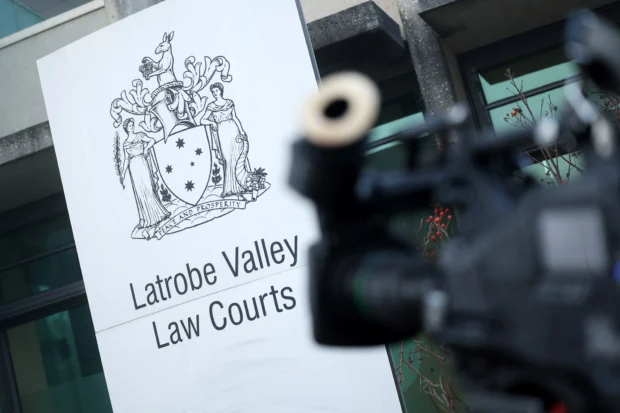
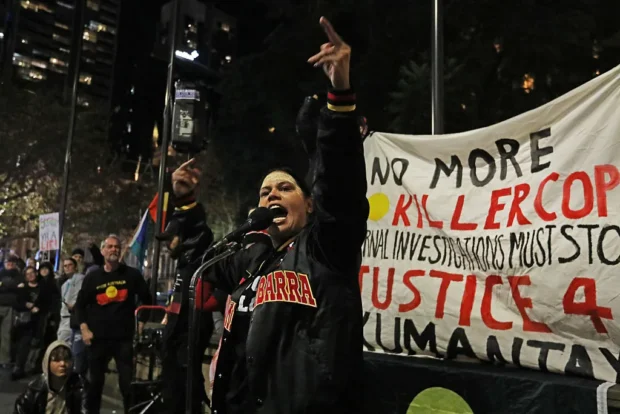
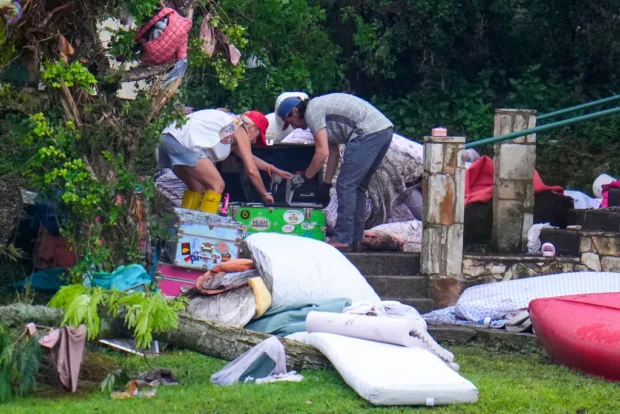

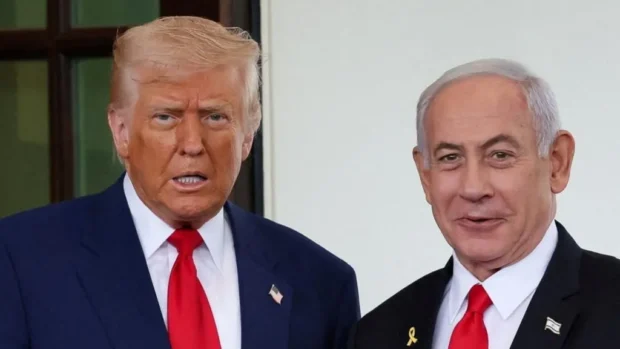


Be the first to leave a comment